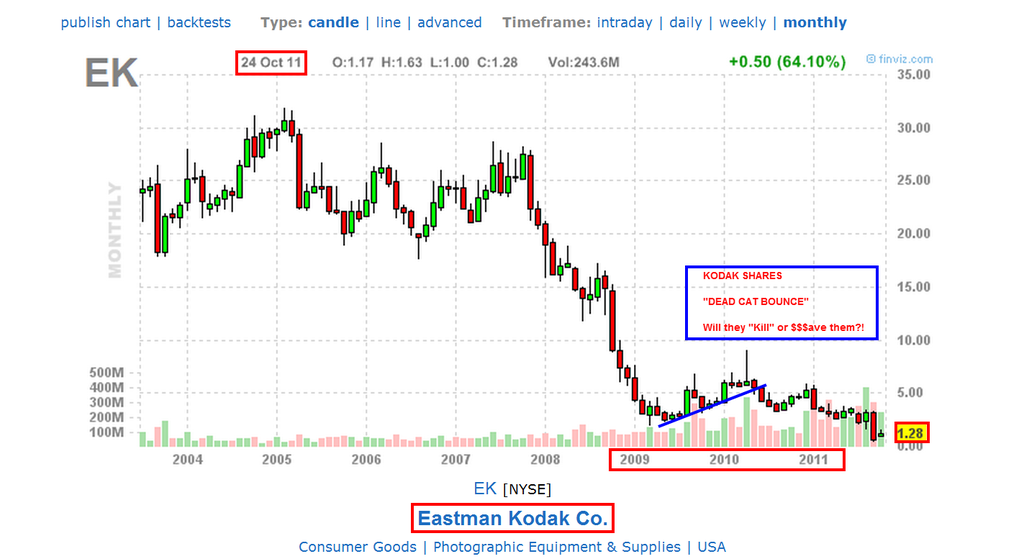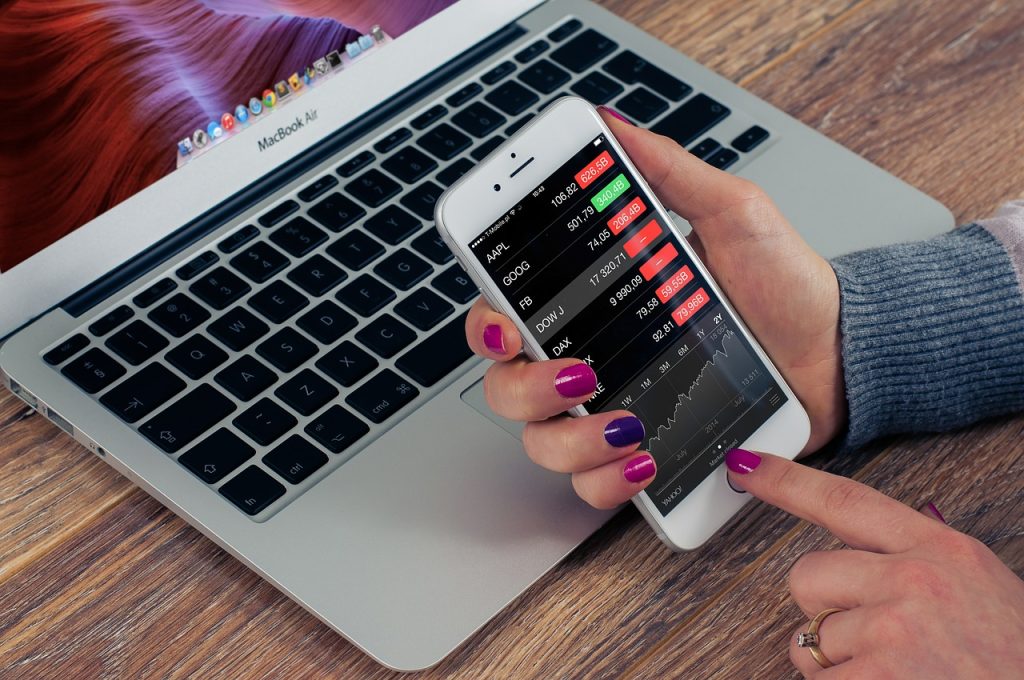If you think of a company losing value in the stock market, you immediately imagine a company straddling bankruptcy and nailing the coffin of their business venture. If you think of Kodak, the image that pops to mind is that of the illustrious camera and film manufacturer which redefined photography and whose name grew to become synonymous with a perfect moment saved in a photograph. Indeed, the Kodak Moment campaign solidified the company in most people’s minds. But quite often both thoughts – the company losing stock market value, and Kodak’s immense success – will collide, leaving one wondering how Kodak’s value on the stock market depleted. While that may have been true at one time, it was only true for a moment, as Kodak did the unthinkable – it brought itself back from the brink. But how?
Kodak’s success came predominately from camera film. However, due to oversights in the adaptation to the digital world, the consumer need for film fell in favour of digital microchips, and Kodak dropped from the trading board. In 2012, the company filed for bankruptcy and had to go back to the drawing board. In business terms, Kodak still had a lot of factors for growth – its name, reputation, manufacturing ability, and technological knowledge – keeping it afloat. Thus began the story of the Kodak comeback.

Kodak’s issue may have been born from availability bias – a type of confirmation bias which describes individuals only considering what information is readily available to them when looking at an issue, rather than any anomalous and/or additional factors. Kodak were focused on how they always did business and how successful they had been, while neglecting to move with the times and notice the consumer’s growing lack of interest with traditional film. Indeed, behavioural finance, of which availability bias is a factor, is increasingly important in helping keep a company on the stock market.
It is no easy feat to return to the stock market and the difficulties continue once they have settled there. As can be seen through IG’s financial indices that ebb and flow, reflecting the movements of the stock market, a company’s position can become tenuous, especially in financial hardship, which only works to exacerbate the declining market capitalization. Kodak was saved in part by its tangible assets, a factor that the FTSE 100 can take into account when attempting to make trades of stocks and shares on the market. It can also help to investigate trends, which indicate whether a market is moving upwards or downwards. Perhaps if Kodak had been able to identify the moment the trend started to move downwards, they could have rectified things earlier. Kodak relisted on the stock exchange in 2013 following the filing of the Chapter 11 that forced them off the board. The company, with a change in focus, came back at around $26 per share. But what did Kodak do to forge their comeback?
Kodak’s comeback to a positive market capitalization worked two-fold. Firstly, the Hollywood clamour for old-school glamour allowed Super 8 to become a mode of making film. Kodak were responsible for the Super 8 boom back in the 80s and 90s and many of the highest grossing films were shot on Kodak film. More recently, filmmakers have switched out the digital in order to capture the look of nostalgia. For instance, 2016 Oscars favourite La La Land evoked the golden age through the film it was shot on. Reversing the move away from traditional film allowed Kodak’s film to be used again and to secure a deal with various film studios in 2014.
Kodak also used their name and knowledge to shift focus. Instead of marketing to consumers, they marketed to businesses. Specifically, Kodak began to create inkjet printing devices to sell commercially. The technology – something Kodak were familiar with – allowed them to continue trading with a brand-new strategy.
The legal issues surrounding its Chapter 11 are almost fully ironed out. The New York Stock Exchange and the Nasdaq both have rules and regulations in order to remain a listed, trading company, and Kodak fell short of these rules – but much like the market trends can go up and down, Kodak managed to bring itself back from the brink and remains a household name across the world.




 Bitcoin
Bitcoin  Ethereum
Ethereum  Tether
Tether  XRP
XRP  Solana
Solana  USDC
USDC  Cardano
Cardano  TRON
TRON  Lido Staked Ether
Lido Staked Ether  Toncoin
Toncoin  Avalanche
Avalanche